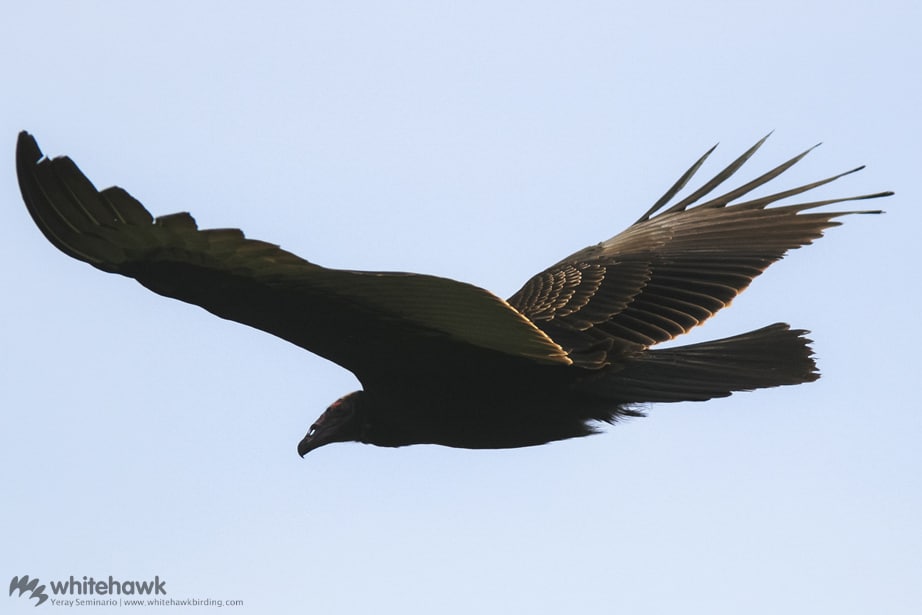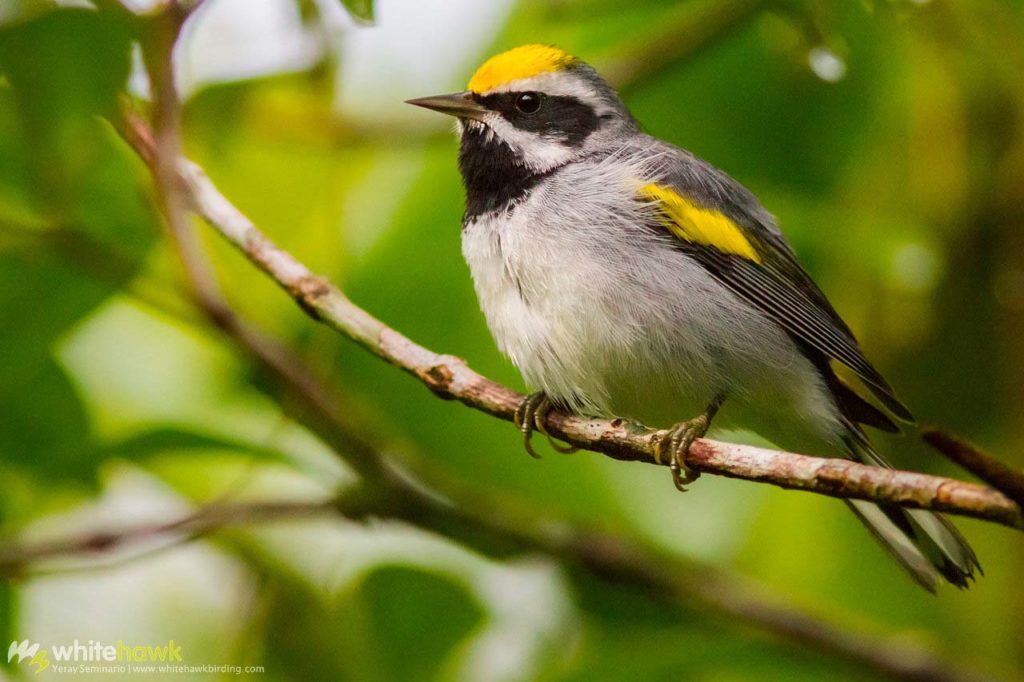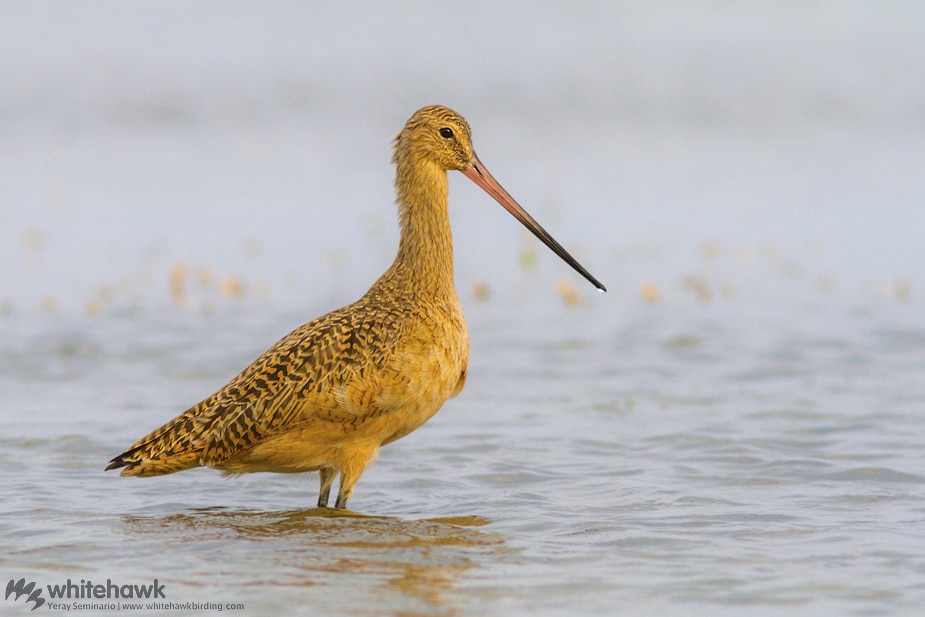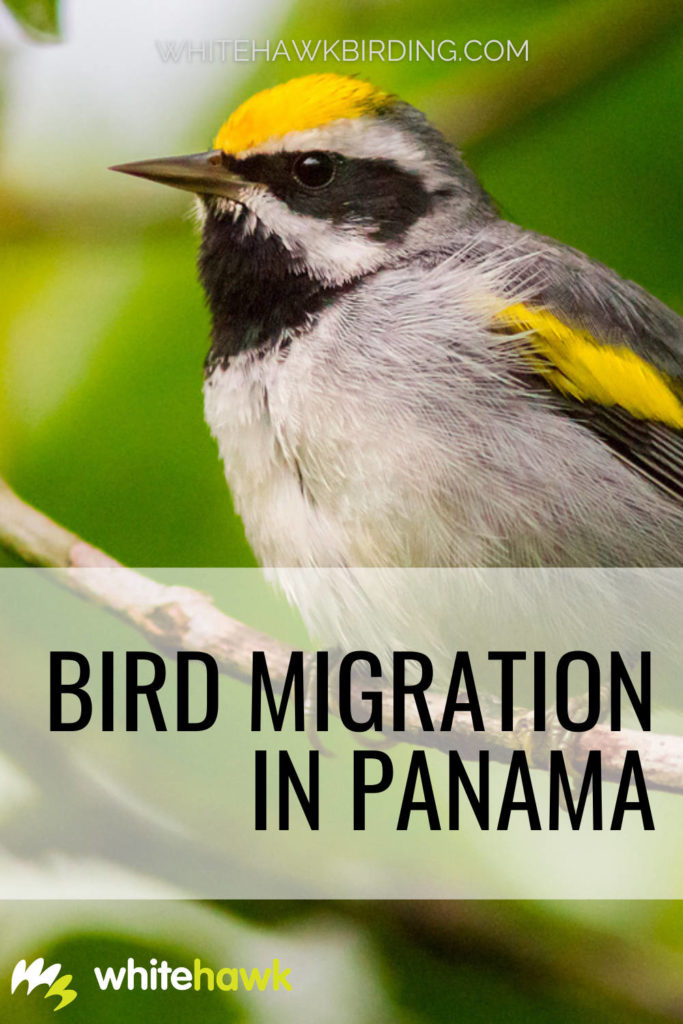The Isthmus of Panama is a land bridge that connects North America to South America. Historically, it was the key location of the Great Faunal Interchange, where large land mammals crossed freely between the two continents. Today, it still remains one of the greatest places on Earth to experience the spectacle of migration year after year. Most birds, as terrestrial animals, prefer to cross land bridges instead of over open water, with few exceptions. There are a few reasons for this. It is very risky to migrate over large expanses of water. Migrating over land provides places for rest and refueling, which are necessary for terrestrial birds. Raptors in particular migrate over land because they use thermals to conserve energy during migration. The narrow gap that Panama creates thus is a key site for bird migration in the Americas. Bird migration in Panama is truly a sight to see.
Nearly one third of all species recorded in Panama are migrants. The warblers, tanagers, thrushes, sandpipers and hawks that spend their short summers breeding in the North trade in their temperate habitats for tropical rainforests and balmy mudflats during the winter months. They spend their time intermingling with resident birds in Panama, often joining mixed feeding flocks. They even at times, change their diet to take advantage of the abundance of food in the tropics. For example, while flycatchers tend to eat exclusively insects on their breeding grounds, they often are seen foraging for fruits while overwintering.
Raptor Migration
Millions of migrating hawks and vultures pass over the isthmus every year. Yes, millions! Panama is the third largest site for raptor migration in the world, next to Veracruz, Mexico and Eilat, Israel. Thermals (rising pockets of warm air) form over the land and create ideal conditions for migrating raptors. With only migration on their mind, raptors do not often stop to feed while making their journey south. Thus, using thermals to help conserve energy is essential for these birds. With plenty of thermals, Panama’s lowlands offer the best conditions for raptors during their migration. Inclement weather, such as heavy thunderstorms, can ground birds for a day or two, influencing movements to the drier days.
Fall raptor migration in Panama starts in late August and continues through November, with greatest numbers peaking in late October and early November. The numbers are tallied each fall by dedicated counters, organized by the Panama Audubon Society. Cerro Ancon is the largest count site in Panama, with Panama City’s towering skyscrapers in view nearby. Other count sites along the Panama Canal assist in providing additional numbers at lower densities. While a dozen species of raptors have been reported migrating over Panama, the species with the largest numbers are Mississippi Kite, Broad-winged Hawk, Swainson’s Hawk and Turkey Vulture. Check out Cerro Ancon’s count data on hawkcount.org just to see how big this event really is, or come experience it for yourself in person.

Songbird Migration
Songbird migration adds a burst of color to the tropical rainforest scene in Panama. Even though many warblers change into subdued plumage, many migrants maintain their bright colors. Baltimore Oriole, Rose-breasted Grosbeak, Painted and Indigo buntings, and Summer Tanager surely stand out among the resident birds. Neotropical (or boreal) migrants join the local birds in mixed feeding flocks as competition for insects, fruits and seeds increase this time of year. Many resident species times their nesting periods for when the migrants leave, to ensure there will be enough food resources for feeding hungry nestlings.
Many species just pass through on their journey to and from South America. Eastern Kingbirds, Eastern Wood-Pewee, Dickcissel and Scarlet Tanager are seen in large groups as they cross the Isthmus and venture further south, then pass through again in the spring on their way back up north. But many, including Bay-breasted Warbler, Chestnut-sided Warbler, Acadian Flycatcher and Yellow-throated Vireo are very common and call the rainforests of Panama their home for the winter.

Shorebird Migration
The Bay of Panama and extensive shoreline on both coasts offers prime stop-over and feeding habitat for a plethora of migrating shorebirds. The Bay of Panama is designated a Ramsar Wetland for its importance in migratory shorebird habitat. Every year, the mudflats along the coast of Panama City fill with Western and Semipalmated sandpipers, Black-bellied Plovers, Red Knots, Marbled Godwits and other shorebirds. The abundant food supply and extensive habitat attracts them here, thus it is crucial to protect these wetlands to ensure the survival of the birds. The Bay of Parita, further west along Panama’s Pacific coast, is also a very important destination, particularly as a stop-over site for Wilson’s Plover. This small shorebird is a species of special concern as its global population has been decreasing significantly in recent years. Bocas del Toro, on Panama’s Caribbean coast, likewise sees a great surge in migratory shorebirds stopping over to take advantage of the abundant food and habitat.

What about Austral Migrants?
When we think about migratory birds, we tend to only consider the Neotropical migrants that move between the temperate north to the tropics in the winter. But what about those migrants from the southern hemisphere that head north? There are less of them and their migration patterns are poorly known, but Panama does see few austral migrants arriving for part of the year as well. They are typically in lower numbers and are often considered vagrants, as there is much to learn about their movements. Brown-chested Martin, Blue-and-white Swallow, Pearly-breasted Cuckoo and a couple pelagic species reach Panama during the summer months. There have even been a couple records of Crowned Slaty-Flycatcher, a common austral migrant from South America, in Panama!
Altitudinal Migration & Short Routes
Some resident species partake in altitudinal migrations throughout the year. Some of the most notable birds are Resplendent Quetzal, Lattice-tailed Trogon, Three-wattled Bellbird and Bare-necked Umbrellabird, who spend part of the year breeding in Panama’s western highlands. But after breeding season, they disappear, dropping to lower elevations to take advantage of food resources. Why they do this? It is unclear, as there is surely enough food for them around in the highlands year-round. Their movements and distribution when they migrate to lower elevations are poorly known. But it is always a treat to see one of these spectacular highland birds in the foothills and even lowlands.
Some resident breeders, too, make short migratory trips to South America once breeding season is over. Yellow-green Vireo and Piratic Flycatcher, notably, move around a fair bit throughout the year, present at times but absent for much of the year. Swallow-tailed Kite, has both resident (in the foothills) and migratory (in the lowlands) populations in Panama.
Come for Panama’s Great Bird Migration!
From September to April, Panama’s bird life sees a surge in abundance as the migrants arrive and take precedence all across the country. There is no better time to visit to enjoy the bird migration in Panama! Come join us and witness this great natural event with your own eyes. Our Panama: A Biodiversity Hotspot and Birds of the Panama Canal tours feature Panama’s avian life, migrants included. If you have a particular interest in seeing specific bird migration in Panama, such as raptors or shorebirds, contact us and we would be happy to design a perfect itinerary for you.


